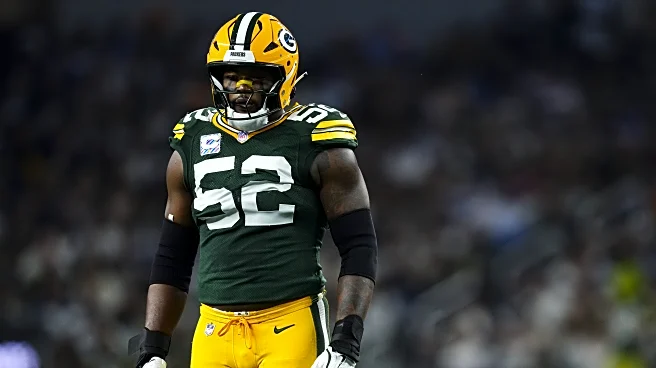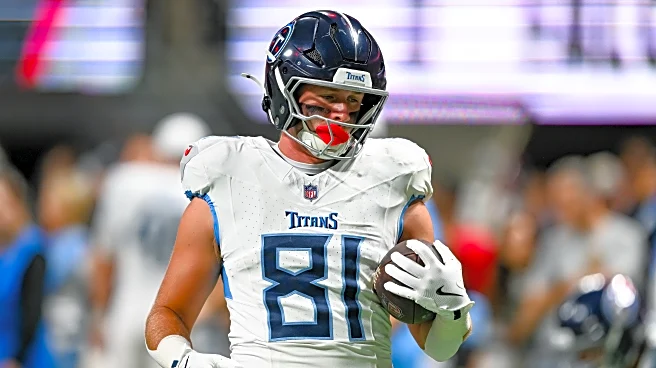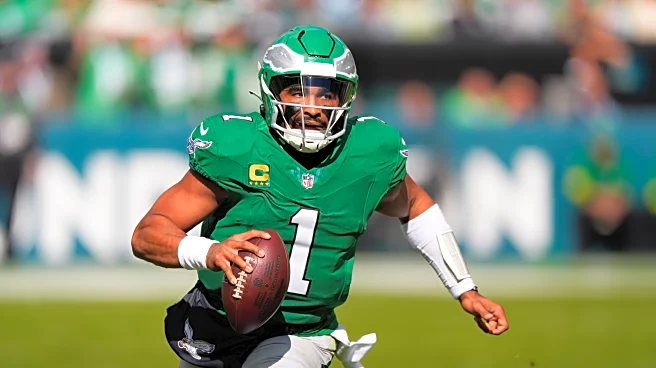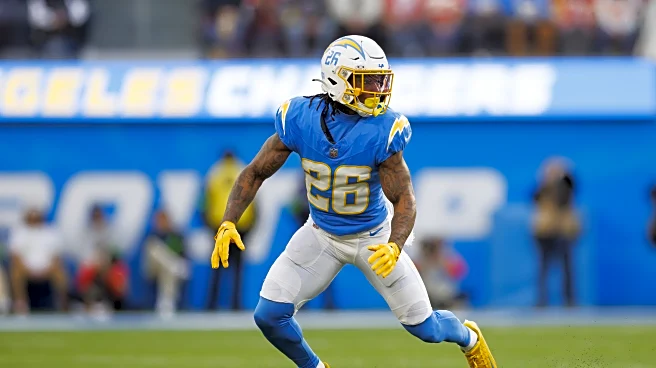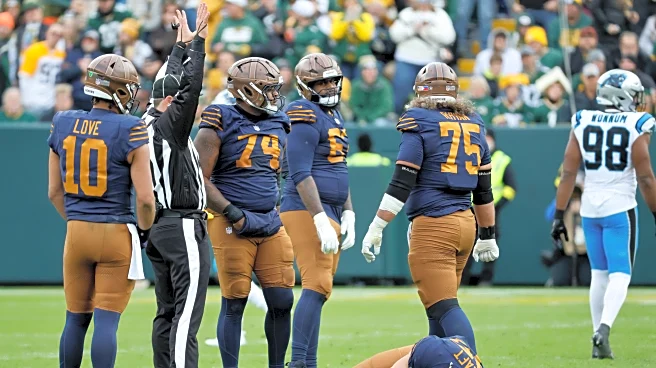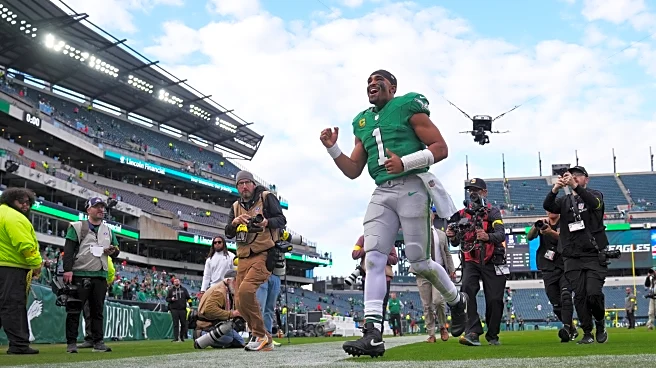I wanted to take a deeper dive into the data this week to learn something about the Green Bay Packers. On the surface, it doesn’t seem like Rashan Gary has been very effective this year, despite posting
7.5 sacks. For all the talk about how Gary was going to get more one-on-one opportunities with the addition of Micah Parsons, most of his highlight plays have been cleaning up someone else’s pressure, rather than actually disrupting passers himself.
Thankfully, NFL Pro actually makes a distinction between their pressures, giving us overall “pressures” and what they call “quick pressures,” which they define as pressures under three seconds. For our purposes, I wanted to look up the group of pass rushers who had at least as many edge rushing snaps as the Packers’ group of four pass rushers in Parsons, Gary, Kingsley Enagbare and Lukas Van Ness.
Overall, 95 players in the NFL this season have posted as many or more pass-rushing attempts as Van Ness. Among those players, they pressure the quarterback 12.7 percent of the time, per NFL Pro’s data, and have a quick pressure on 4.2 percent of plays.

“Press. Value” and “QK Press. Value” on the table above, showing the Packers’ efforts in edge rushing this year, are relative to the NFL average. So if the league average for pressures is 12.7 percent and a player posts 13.7 percent (one percent more) over 100 plays, he’s given credit for one pressure above the NFL average. We’re going to call that value he brings above (or below) the average player.
Here’s where this gets interesting: Gary is getting some pressure this year, but he’s doing very poorly at getting quick pressure.

The table above shows the worst 16 players in the NFL in terms of quick pressure value in the NFL this season. Among them, Gary is the only player in the positives in overall pressure value. Collectively, these players are pacing at -107.9 total pressures below the league average. In this group, Gary sticks out like a sore thumb.

When you map out the Packers’ pass-rushers in these numbers compared to the other 91 players who have played at least as much as Van Ness this season on the edge, Gary’s lack of quick pressures becomes even more obvious. Generally, overall pressures are correlated to a player’s ability to generate quick pressure. For Gary this year, that just simply hasn’t been the case.
As a reminder, this is all edge rusher data, so this doesn’t include Parsons’ contributions as a pass-rusher on the interior. This post is focusing on Gary, who has only played 4 snaps of defense not on the edge this season, compared to Parsons’ 37 snaps, Van Ness’ 34 and Enagbare’s 14. As far as the Packers’ top edge rushers go, Gary is, by far, the most stationary player among them.
The lack of quick pressure should be a cause for concern for Green Bay for a couple of reasons.
First of all, teams are getting the ball out quickly against the Packers, knowing how dominant Parsons can be. So if the ball is coming out quickly, and Gary can’t generate pressure quickly, what good are his pass-rush attempts? That’s one point.
Secondly, Green Bay is about to face a long-term cap crunch with the way the team is leveraged. Next year, Gary’s salary jumps up to $18 million, then $21 million in 2027. After this “all-in” season, the Packers will need to spend their cap space very wisely moving forward, as that will decide the rate of decay on their roster.
Should Green Bay move on from Gary next offseason, it would save the Packers a little north of $11 million immediately on the cap and $39 million over two seasons.
If the Packers now live in a quick game world with the Parsons addition, and Gary can’t prove to be effective in it, is there a better way to use $39 million in cap space over the next two years, especially if the team can get a pick (or more) for Gary in 2026? It’s something worth considering at this point. When Van Ness basically has as many quick pressures as Gary, despite playing about a third of his snaps as an edge rusher, it’s a conversation that must be had.
